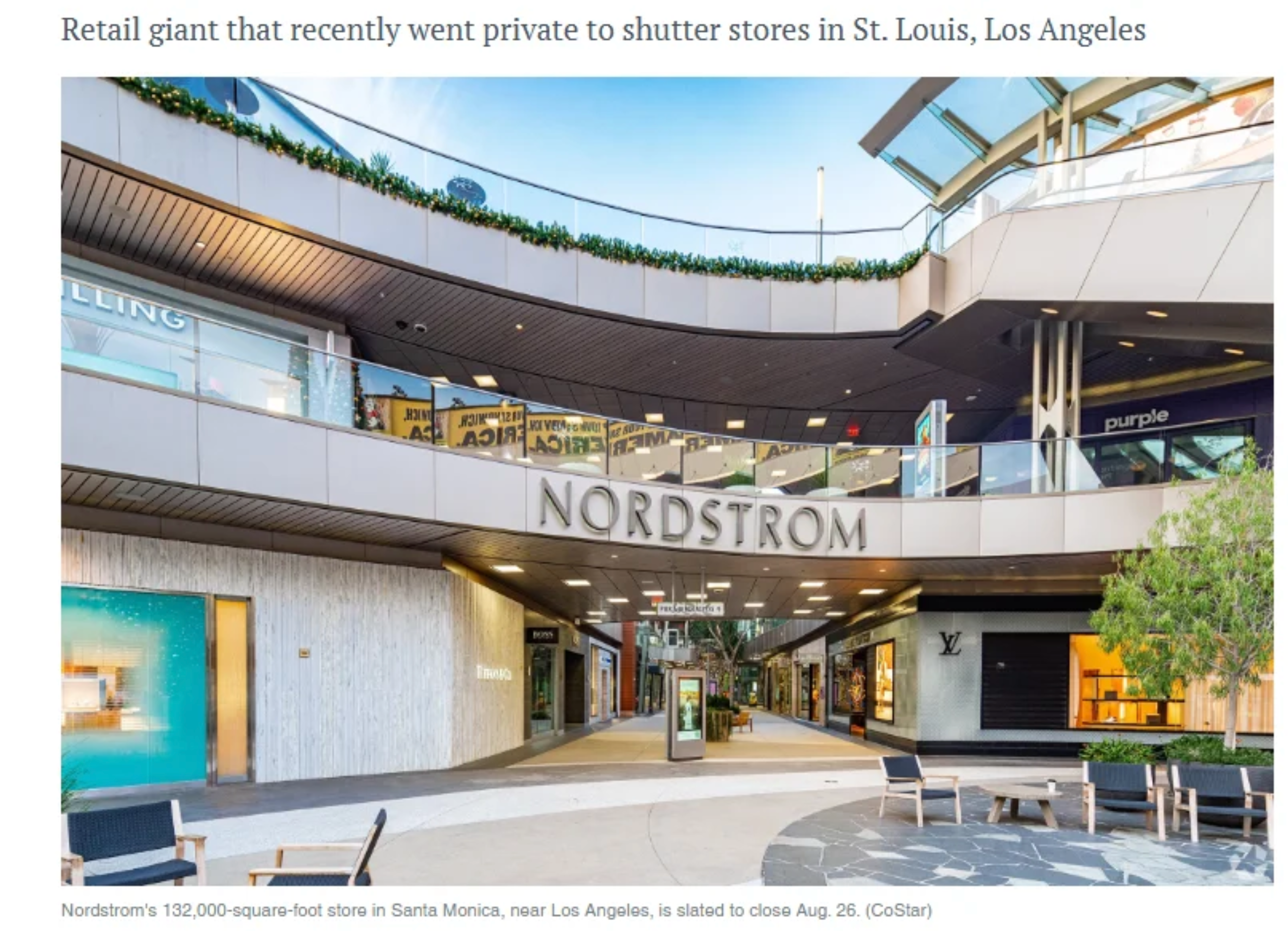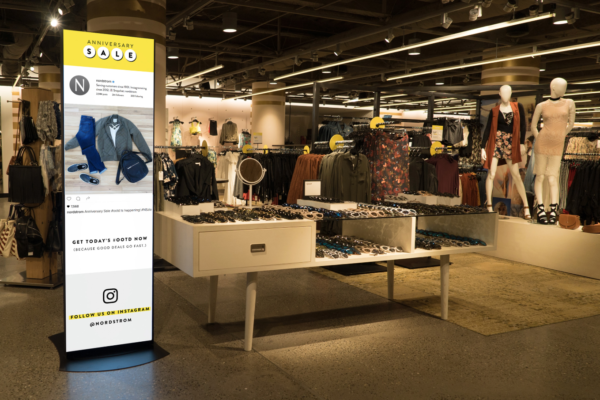As a longtime follower of fashion and retail, I was disheartened to hear that Nordstrom, the iconic upscale department store, is closing two of its locations next month in St. Louis, Missouri, and Santa Monica, California. This news hits close to home for me as a blogger who’s always admired Nordstrom’s curated style and quality. It’s a stark reminder of how the retail landscape in the U.S. is shifting dramatically.
The stores shutting down are at Saint Louis Galleria and Santa Monica Place, both prime shopping destinations. The St. Louis location will close its doors on August 24, while the Santa Monica store, nestled along the vibrant Third Street Promenade, will follow on August 26. It’s tough to imagine these bustling hubs without Nordstrom’s presence.
What’s particularly striking is the context around Santa Monica Place. The mall, owned by Macerich, was taken over by a court-appointed receiver in 2024 after the company defaulted on a $300 million loan. This isn’t just about Nordstrom—it’s a sign of the broader struggles facing brick-and-mortar retail. Malls and their anchor stores are under immense pressure, and it’s a trend I’ve been noticing more and more in my coverage of the industry.
Nordstrom’s statement about the closures emphasized their commitment to serving customers through online channels and nearby stores, but they also acknowledged the impact on employees, saying, “These decisions are never easy.” I feel for the staff affected—this is the human side of retail’s transformation that often gets overlooked.
This isn’t Nordstrom’s first round of closures. In 2023, they shuttered 15 stores, including a flagship in downtown San Francisco, citing issues like rampant theft and declining foot traffic. That closure even triggered a domino effect, leading to the foreclosure of the entire San Francisco Centre. It’s a pattern that’s hard to ignore.
What makes this news even more intriguing is its timing. Just two months ago, in May 2025, Nordstrom went private in a $6.3 billion all-cash deal led by the Nordstrom family and El Puerto de Liverpool, a Mexican retail giant. As a private company, Nordstrom might be gearing up for more strategic moves, possibly including further streamlining of their physical footprint. I’m curious to see how this plays out.
The bigger picture here is the state of U.S. retail. According to Coresight Research, 5,822 stores closed in the first half of 2025 alone, compared to just 3,960 openings. That’s about 12.37 million square feet of retail space left empty—the worst since the pandemic. With foot traffic dwindling and online shopping booming, it’s no wonder brands like Nordstrom are rethinking their approach.
In response, some malls are pivoting to “experiential retail” to lure customers back. For instance, Saint Louis Galleria plans to replace Nordstrom with Dick’s House of Sport, a concept featuring climbing walls, golf simulators, and batting cages. It’s a bold move to make shopping fun again, and I’m excited to see if this trend catches on.
Meanwhile, Nordstrom is doubling down on its discount brand, Nordstrom Rack, to appeal to budget-conscious shoppers like many of us navigating high inflation and interest rates. It’s a smart play, and I’ll be keeping an eye on how it resonates with consumers.
On a brighter note, it’s Nordstrom Anniversary Sale season! I’ve put together a curated guide to the best deals, so be sure to check out my blog for some must-have picks. Despite these closures, Nordstrom’s commitment to style and quality still shines through, and I’m hopeful they’ll find new ways to connect with us in this ever-changing retail world.

